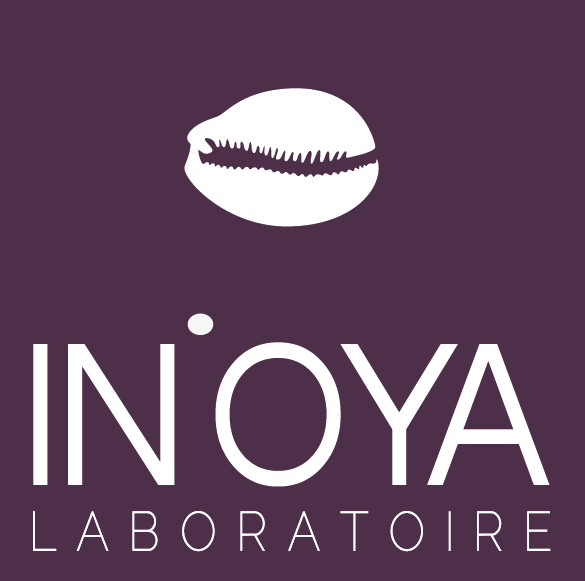Understanding your skin type is the first step toward an effective and personalized routine. This is even more essential for Black, brown, and mixed skin tones, which are often prone to specific imbalances: hyperpigmentation, hidden dryness, localized excess oil… Identifying your skin type helps avoid skincare mistakes that can worsen these issues.
According to a study published in the International Journal of Dermatology, “darker skin tones often have a compromised skin barrier, making them vulnerable to dehydration despite appearing oily on the surface” (Rawlings, 2006).
Discover the specific traits of pigmented skin
Identifying the 3 main skin types
1. Dry skin: tightness & discomfort
This skin type lacks lipids. It feels tight, may flake, and seems thin or rough to the touch. On pigmented skin, dryness can lead to a dull tone, increased sensitivity, and more visible spots.
- Visible signs: dry patches, dull complexion, constant discomfort after cleansing.
- Risks: dehydration + inflammation = more pronounced dark spots.
- Best practices: use products rich in hydrating and reparative ingredients like hyaluronic acid or sunflower oil.
IN’OYA offers the “I treat my spots – normal to dry skin” pack including a unifying care and anti-spot serum perfectly suited for these needs.
2. Oily skin: shine & blemishes
This is the opposite: the skin produces too much sebum, often due to hormonal imbalance or overly harsh cleansing.
- Visible signs: shine (especially in the T-zone), enlarged pores, frequent breakouts.
- Risks: acne, inflammation, post-inflammatory hyperpigmentation.
- Best practices: non-comedogenic sebum-regulating care with gentle actives like niacinamide or azelaic acid.
A study in the Journal of Cosmetic Dermatology confirms that “4% niacinamide significantly reduces sebum and improves skin texture in pigmented skin” (Draelos, 2011).
3. Combination skin: two zones, one balance
This is the most common skin type, especially in medium to dark skin. It features oily areas (T-zone) and dry areas (cheeks). This imbalance requires tailored care.
- Visible signs: localized shine, tightness in other areas, uneven texture.
- Risks: using overly harsh or poorly targeted products, triggering a vicious cycle (more sebum, more spots).
- Best practices: balancing care that hydrates without greasiness, mattifies without drying.
IN’OYA offers a mattifying unifying care enriched with plant-based sebo-regulating actives to address this issue.
Discover “My Mattifying Unifying Care”
An online diagnosis to be sure
Even if you think you recognize your skin type, a personalized diagnosis remains the best way to ensure effectiveness. IN’OYA offers a free and quick online tool.
Free, no-obligation online diagnosis with personalized care recommendations.
Which routine for each skin type?
| Skin type | Cleanser | Main care | Complement |
|---|---|---|---|
| Dry | CLEAN’OYA® Micellar Water | MEL’OYA® & H2’OYA® Hydrating Care | Radiance CAPS |
| Oily | CLEAN’OYA® Cleansing Foam | MEL’OYA® & MAT’OYA® Mattifying Care | Anti-blemish corrector |
| Combination | Exfoliating Cleansing Gel | Unifying & Mattifying Care | SPF 50 Sun Protection |
All these products are formulated without hydroquinone, dermatologically tested, and specifically designed for pigmented skin—often misunderstood by conventional cosmetics.
In summary
- Properly identifying your skin type helps you choose the right care.
- Black, brown, and mixed skin often show underlying combination or dehydrated profiles.
- Targeted routines like those from Laboratoire IN’OYA offer a suitable, innovative, and gentle dermocosmetic response.
Sources
- Rawlings AV. Ethnic skin types: Focus on African-American skin. Int J Dermatol. 2006.
- Draelos ZD. The effect of niacinamide on reducing cutaneous sebum excretion. J Cosmet Dermatol. 2011.
- Alexis AF. Dermatology for Skin of Color. J Clin Aesthet Dermatol. 2020.

